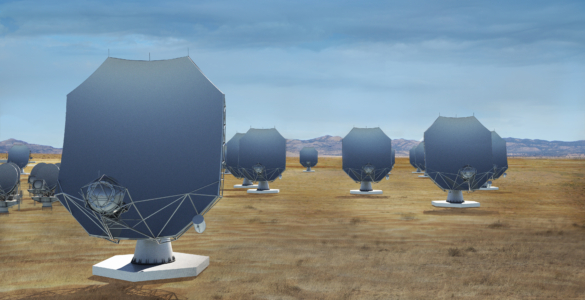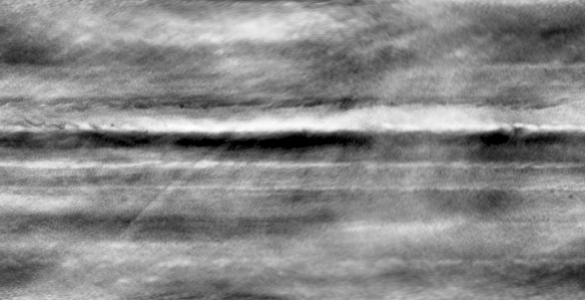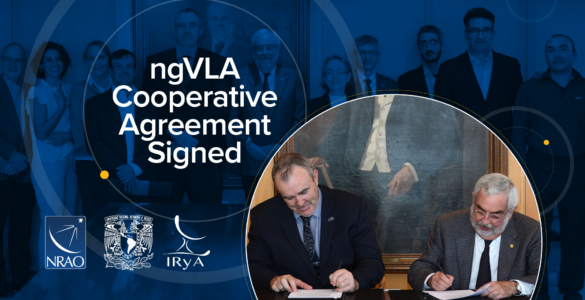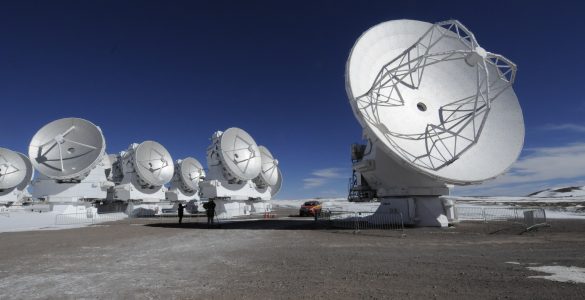Latest NRAO News
News is managed by NRAO News & Public Information. Questions about News? Have a story to share? Want to interview a scientist or create new media about our telescopes?

The design for the ngVLA prototype antenna has passed a thorough review by a panel of external experts and the project now is cleared to proceed to manufacture the prototype.

Forty-eight days after suspending observations due to a cyberattack, the Atacama Large Millimeter/submillimeter Array (ALMA) is observing the sky again. The computing staff has worked diligently to rebuild the affected JAO computer system servers and services. This is a crucial milestone in the recovery process.

VLA teams up with Juno spacecraft to study Jupiter’s atmosphere, and ALMA reveals new details about Io’s volcanoes.

In the 1997 movie Contact, Ellie Arroway is a young radio astronomer played by Jodie Foster. Ellie’s on a mission…

The U.S. National Science Foundation’s National Radio Astronomy Observatory (NRAO) and the Universidad Nacional Autónoma de México (UNAM) have signed a memorandum of understanding establishing their collaboration on the Next Generation Very Large Array (ngVLA), a new radio observatory currently in design and development at NRAO.

On October 29, 2022, the Atacama Large Millimeter/submillimeter Array (ALMA) suffered a cyberattack. We are working hard to resume observations before the end of the year.





